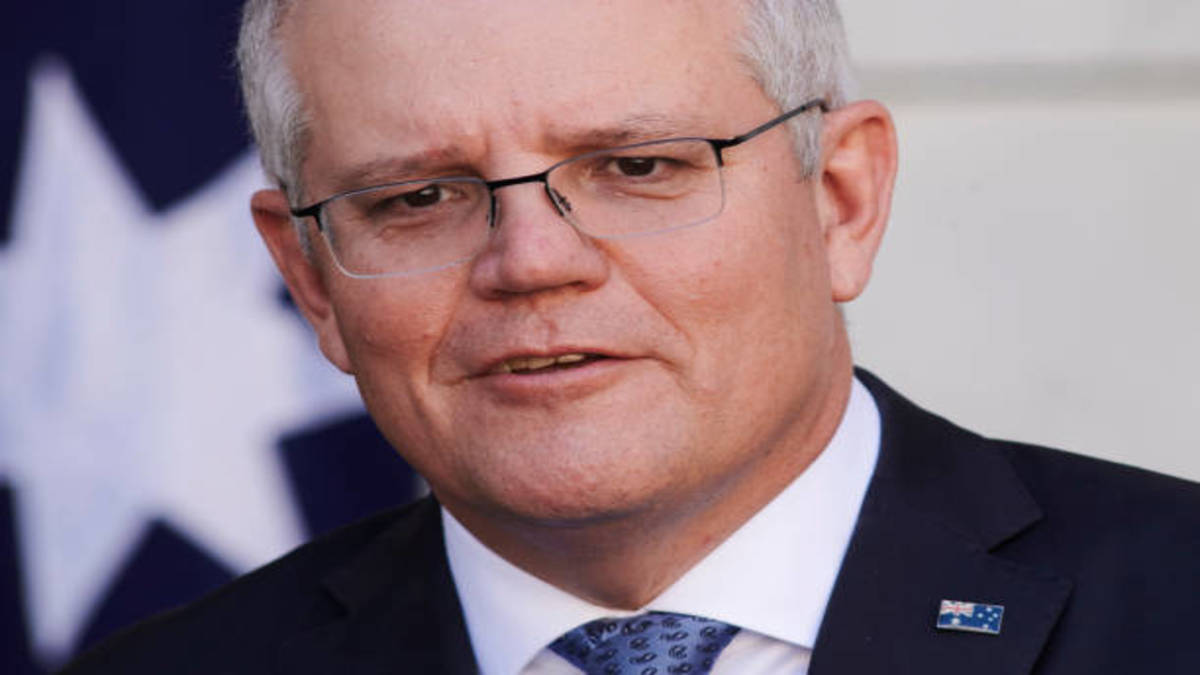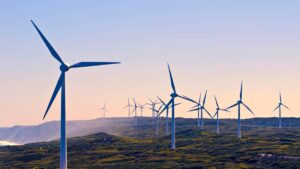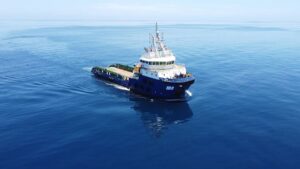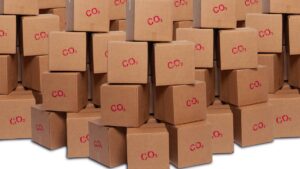It’s official: Australia commits to net-zero emissions by 2050

Pic: Via Getty Images
Australia has finally committed to net-zero emissions by 2050 today ahead of the global climate change summit in Glasgow at the end of the week.
Prime Minister Scott Morrison announced details of the 2050 net zero plan in a public broadcast stating that “it would see more than $20 billion invested” in low emissions technologies by 2030.
The report said the plan also includes a “new priority” for the government to deliver “ultra-low-cost solar” power below $15 per megawatt-hour, on the road to net-zero carbon emissions.
The latest projections show Australia is on track to cut emissions by 30 to 35 per cent by 2030.
However Mr Morrison said the formal target of a 26 to 28 per cent reduction would remain unchanged.
The plan has come after a number of lengthy negotiations with the National Party who, on Sunday, said they would give ‘in principle’ support to the target.
While announcing the broad plans for Australia net zero, the Morrison government didn’t release any detailed financial modelling behind its outlook.
Morrison said the detailed numbers would be released “in due course”.
Following some delays, the federal government’s commitment to net-zero carbon emissions comes as more of Australia’s biggest companies set more ambitious climate targets.
In an announcement this morning, Bellevue Gold (ASX:BGL) flagged plans of its own to achieve net-zero emissions as soon as 2026, which could in turn create a new market.
“In an effort to link sustainability to profitability, Bellevue is looking to be an industry leader by offering external stakeholders the option to purchase certified ‘net zero emissions gold’ which will put Bellevue ahead of any of our peers in this space and at the forefront of the sector,” the company said.
Related Topics
UNLOCK INSIGHTS
Discover the untold stories of emerging ASX stocks.
Daily news and expert analysis, it's free to subscribe.
By proceeding, you confirm you understand that we handle personal information in accordance with our Privacy Policy.








